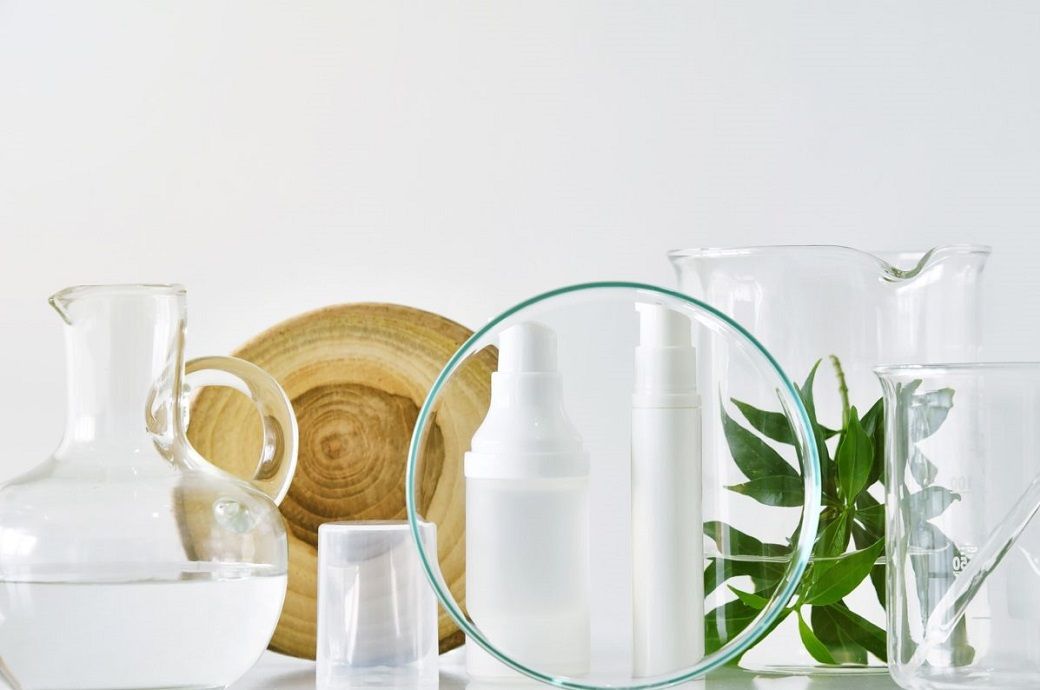BASF's personal care business has secured a new cosmetic ingredient notification in China for Symbiocell, an ingredient proven to soothe sensitive skin.
Clinically tested, it reduced skin reactivity and discomfort in 31 women, outperforming a benchmark anti-redness product.
Symbiocell addresses growing demand for sensitive skin solutions, particularly in Asia Pacific.
BASF’s Personal Care business recently succeeded in obtaining a new cosmetic ingredient notification for Symbiocell, which can be commercialized as a cosmetic ingredient with BASF’s authorization in China. A unique active ingredient, Symbiocell (INCI: Water (and) Butylene Glycol (and) Cestrum Latifolium Leaf Extract (and) Xanthan Gum (and) Propanediol (and) Caprylyl Glycol), is proven through in vitro tests to support healthy levels of the basal expression of CD86 in skin dendritic cells. It effectively soothes sensitive skin and potentially excessive cutaneous reactions. The key component of Symbiocell, Cestrum latifolium, is well known in tropical regions for its healing properties and has known applications for a variety of skin issues. Inspired by these properties, BASF has clinically tested a face care formulation with 2% Symbiocell and demonstrated that it reduces the level of reactivity and discomfort in sensitive skin. The ingredient was developed in response to a growing consumer trend for cosmetic products that address common sensitive skin concerns, with Asia Pacific being the key region in focus.Clinically tested to decrease the level of skin reactivity and discomfort in volunteers having sensitive skin
A double-blind clinical study was conducted on 31 women to compare the efficacy of a 2% concentration of Symbiocell in a face care formulation to that of a commercially available soothing, anti-redness skin care product over a 3-week application period. The results showed that cutaneous discomfort that was previously observed during a stinging test conducted on the side of the face treated with Symbiocell at 2% significantly diminished by 62%, while the average decrease for the side of the face treated with the benchmark product was 58%. Moreover the side of the face to which Symbiocell (2%) was applied daily showed a significant decrease of 20% in the mean score of the stinging test. The other side of the face, to which the benchmark product was applied, only showed a non-significant decrease of 14%. At the same time, according to 97% of the volunteers, the side of the face treated with Symbiocell felt increasingly comforted and soothed. Among the panelists, 90% stated that their skin was less irritable and 87% felt that their skin is better prepared against external aggressors. Interestingly, 71% of volunteers tested have also felt their skin was more radiant.
BASF's personal care business has secured a new cosmetic ingredient notification in China for Symbiocell, an ingredient proven to soothe sensitive skin.
Clinically tested, it reduced skin reactivity and discomfort in 31 women, outperforming a benchmark anti-redness product.
Symbiocell addresses growing demand for sensitive skin solutions, particularly in Asia Pacific.#
The development of Symbiocell, along with the recent success in obtaining new cosmetic ingredient notification in China, highlights BASF’s efforts to address unmet market needs for sensitive skin solutions particularly in Asia Pacific. At the same time, it is an example of how the company’s Care Chemicals division is addressing future challenges: Sustainability, digitalization, innovation and new approaches to working together are the key cornerstones to Care 360° – Solutions for Sustainable Life.
Note: The headline, insights, and image of this press release may have been refined by the Fibre2Fashion staff; the rest of the content remains unchanged.
ALCHEMPro News Desk (HU)
